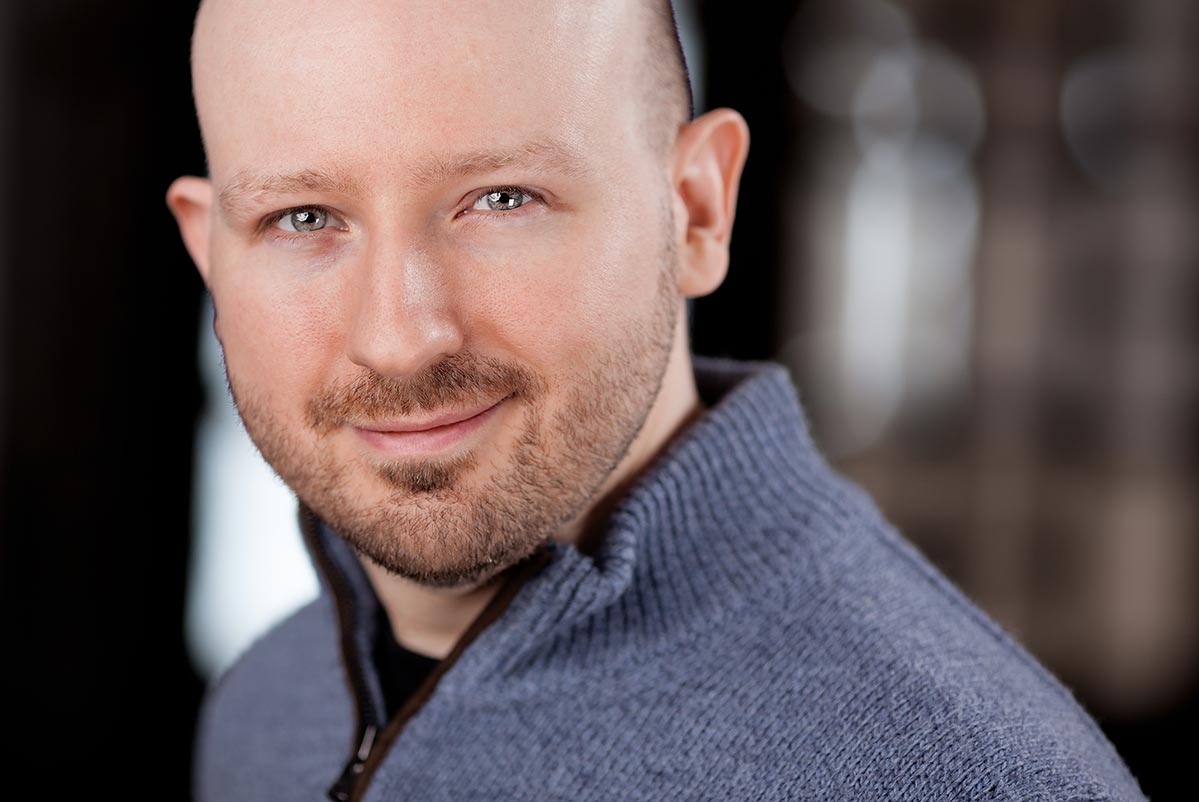In today’s post-conventional world, there’s often a value placed on integration — on finding some way to integrate any perspectives, desires, or requests that show up. Few of our readers need explanation of the value in this capacity to integrate. Yet every value is just one side of a polarity, so where is the place for saying “no” — clearly, confidently, and autocratically? Consciously not integrating certain perspectives, desires, or requests can be useful as well, especially when done not from a lack of capacity to integrate or a lack of understanding its value, but because drawing a boundary best serves in the specific context.
In addition to the capacity to integrate, the capacity to consciously draw and hold boundaries is a key skill for any organization to grow and stabilize — yet it’s often unappreciated, especially by those on the outside of the boundary. I’m often asked how this “saying no” aligns with the integrative focus in Holacracy — wouldn’t an organization running with Holacracy and its “Integrative Decision-Making process” naturally find a way to say “yes” to requests, or to incorporate any input or tensions those in the world around it wish integrated? My answer, in a word: “No”.
Holacracy at its core is about generating organizational clarity using an integrative process, and then acting consciously from that clarity without integrating everything. Let’s explore both of these further:
Generating clarity means defining boundaries. In our biological world all life starts with a boundary, to contain energy and differentiate an entity from the world around it — every cell has a membrane, every animal a skin. In fact, the key development that enabled the first living cells to form in our pre-biotic soup is believed to have been the formation of a lipid membrane — a bubble — which created an inside separate from its outside. Boundaries are about as fundamental a phenomenon as we can find — with each word we use and each thought we hold, we are drawing boundaries to let something take shape from the underlying undifferentiated sea of reality.
Likewise, a healthy organization requires clear boundaries to differentiate itself from the world around it. Holacracy uses Governance Meetings with a highly integrative process to define the structures and authorities needed — with clear boundaries around each — for the organization to achieve its purpose. As a result, an organization using Holacracy well will have clear Roles (the cells of the organization), clear Circles (its organs), and a clear overall Scope (its skin). And when that clarity doesn’t yet exist or when it needs to evolve, there’s a continual and highly integrative process for processing those tensions.
This level of clarity means that when a message of some sort arrives, whether internally or from our outside world, we know exactly who will process it, in what Role, with what authority, in what context, and for what purpose. Inputs can thus be processed consciously, quickly, and often autocratically by the person filling the relevant Role, without relying on painful consensus-seeking group meetings to make decisions — a key symptom of lack of clarity.
And sometimes the individual filling the relevant Role concludes that some perspectives, desires, or requests are not necessary to the organization’s purpose to integrate at that point in time. Because the organizational structure itself was arrived at through a highly integrative process, it is now much easier for that individual to consciously, confidently, clearly, and autocratically say “no” — to honor the boundaries needed for the organization to thrive, rather than devolving into consensus. The job of any membrane is to protect an inside from the influence of the outside; to take in that which can be used, eject the waste, and hold the rest at bay.
So, the goal of Holacracy is not to say “yes” to every idea or request that surfaces, either internally or from the outside world. Rather, the goal is to consciously process everything, with clarity on when to integrate and when to autocratically make the best decision one person can for the organization, whether “yes”, “no”, or otherwise. And sometimes this means making a decision that leaves someone else’s perspective or desire on the outside of a boundary — but at least those decisions will be made consciously and clearly, from our best understanding of how to unfold the organization’s purpose.
